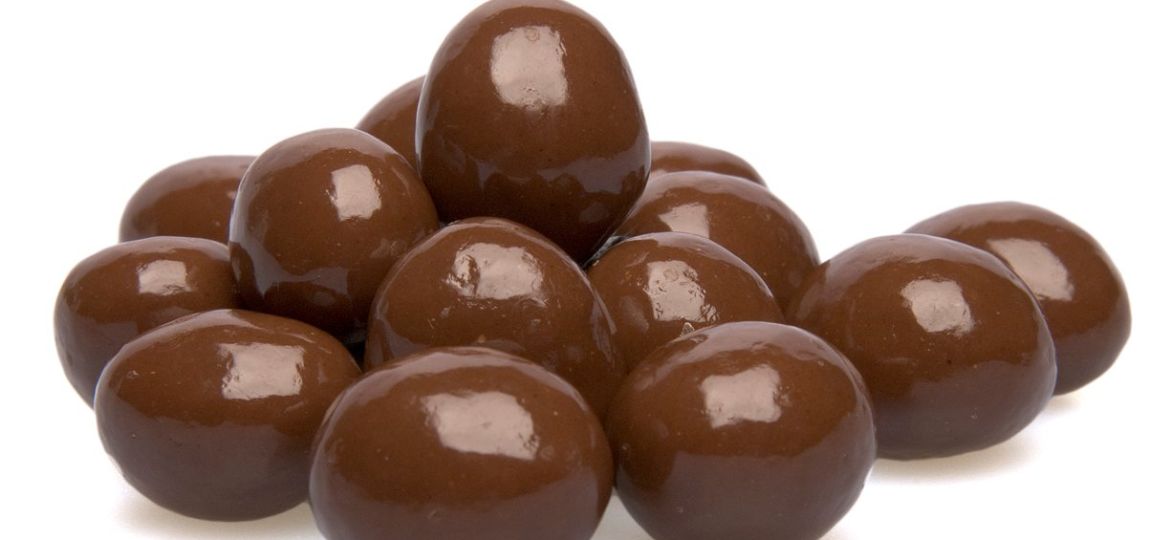
Espresso beans and coffee, though sourced from the same plant, undergo different processing methods that distinguish their flavor profiles, caffeine content, and usage. Espresso beans are typically roasted longer, resulting in a darker bean with a shiny surface due to the oil moving to the outside of the bean.
This process gives espresso its distinctive bold and rich flavor. In contrast, coffee beans can be roasted for varying lengths of time, leading to a range of flavors from light and fruity to dark and bold. Despite these differences, both espresso and coffee beans share the fundamental characteristic of being high in caffeine, making them popular choices for those seeking an energizing beverage.
The Caffeine Content in Espresso Beans and Coffee
The caffeine content in espresso beans and coffee varies significantly based on the type of bean, the roasting process, and the brewing method. A single espresso bean contains approximately 6 to 13 milligrams of caffeine, while a standard cup of coffee, which is about 8 ounces, can range from 80 to 100 milligrams of caffeine, depending on the brewing method.
Arabica beans, known for their smooth and sweet flavor, generally contain less caffeine than Robusta beans, which are characterized by their strong and bitter taste. The espresso brewing method, which forces hot water through finely-ground coffee beans, typically results in a higher concentration of caffeine per ounce compared to other brewing methods like drip coffee.
Chocolate and Caffeine: A Detailed Look
The caffeine content in chocolate adds an additional layer of complexity to chocolate-covered espresso beans. Dark chocolate contains approximately 12 milligrams of caffeine per ounce, with the caffeine level increasing with the cocoa content.
Milk chocolate contains around 9 milligrams of caffeine per ounce, while white chocolate has negligible caffeine content as it is made from cocoa butter without cocoa solids. Consequently, the type of chocolate coating can influence the total caffeine content of chocolate-covered espresso beans, adding to the caffeine derived from the espresso bean itself.
How Many Chocolate Covered Espresso Beans Equals A Cup Of Coffee?
Determining how many chocolate-covered espresso beans equal a cup of coffee involves considering the combined caffeine content of both the espresso bean and the chocolate coating. On average, it takes about 10 to 15 chocolate-covered espresso beans to match the caffeine content found in a standard cup of coffee, which is approximately 95 milligrams.
However, this calculation can vary based on the type of espresso bean, the darkness of the chocolate, and the precise size of the coffee serving. Understanding these variables is crucial for accurately gauging caffeine intake from chocolate-covered espresso beans compared to traditional coffee beverages.
Health Implications of Consuming Espresso Beans and Coffee
Consuming caffeine through chocolate-covered espresso beans and coffee carries health considerations, including effects on heart rate, anxiety, and sleep patterns. The recommended daily caffeine intake for an average adult is around 400 milligrams, equivalent to about 4 cups of coffee. It’s vital to monitor caffeine consumption from all sources, including espresso beans and chocolate, to avoid exceeding this limit and facing potential health risks.
FAQs
- How Many Chocolate Covered Espresso Beans Should I Eat?: Limiting caffeine intake to the recommended 400 milligrams per day means consuming no more than 30 to 40 chocolate-covered espresso beans, depending on their caffeine content and the type of chocolate used.
- Espresso Beans vs. Regular Coffee Beans: Espresso beans are simply coffee beans that have been roasted for a longer period, resulting in a darker bean with a more intense flavor. Both types contain caffeine, but the concentration per serving can vary based on the brewing method.
- Can Chocolate-Covered Espresso Beans Substitute A Cup Of Coffee?: While chocolate-covered espresso beans provide a caffeine boost, they may not substitute the experience of drinking a cup of coffee due to differences in consumption patterns and caffeine content.
- Storing Chocolate-Covered Espresso Beans: To maintain freshness, store chocolate-covered espresso beans in an airtight container in a cool, dark place, away from direct sunlight or high temperatures.
- Health Risks and Benefits: Consuming too many chocolate-covered espresso beans can lead to caffeine overdose, with symptoms like jitteriness, insomnia, or increased heart rate. However, in moderation, they can offer benefits from antioxidants found in dark chocolate and coffee beans.
- Making Your Own Chocolate-Covered Espresso Beans: For DIY enthusiasts, making chocolate-covered espresso beans involves melting chocolate, coating the espresso beans evenly, and allowing them to set on parchment paper until the chocolate hardens.
Conclusion
Enjoying chocolate-covered espresso beans can be a delightful experience when done in moderation. By understanding and adhering to the recommended daily caffeine intake, individuals can enjoy these treats without compromising their health.
Balancing the consumption of chocolate-covered espresso beans and coffee as part of a balanced diet ensures that one can appreciate the unique flavors and energy boost they offer while maintaining overall well-being.









